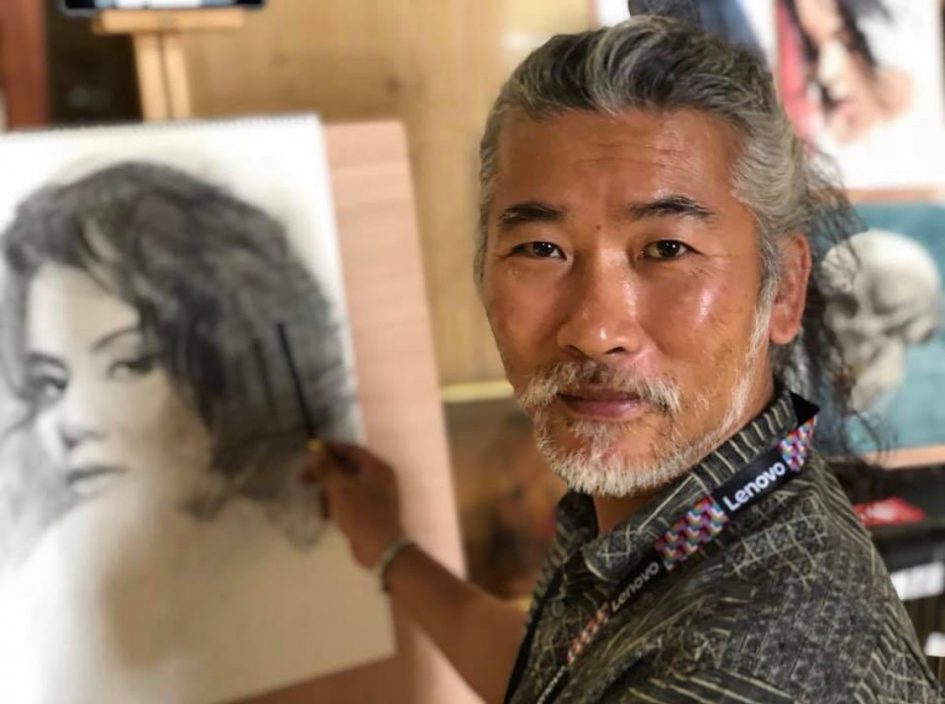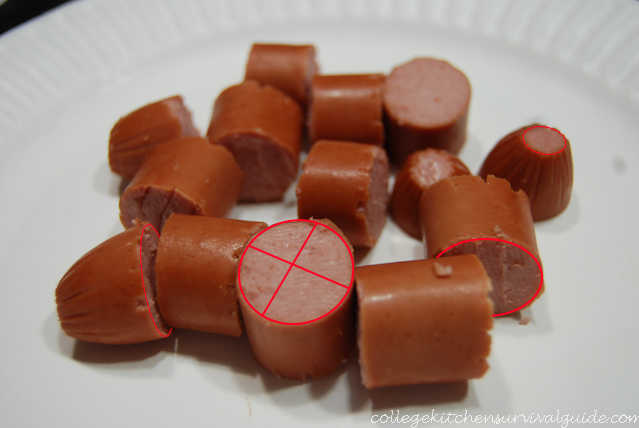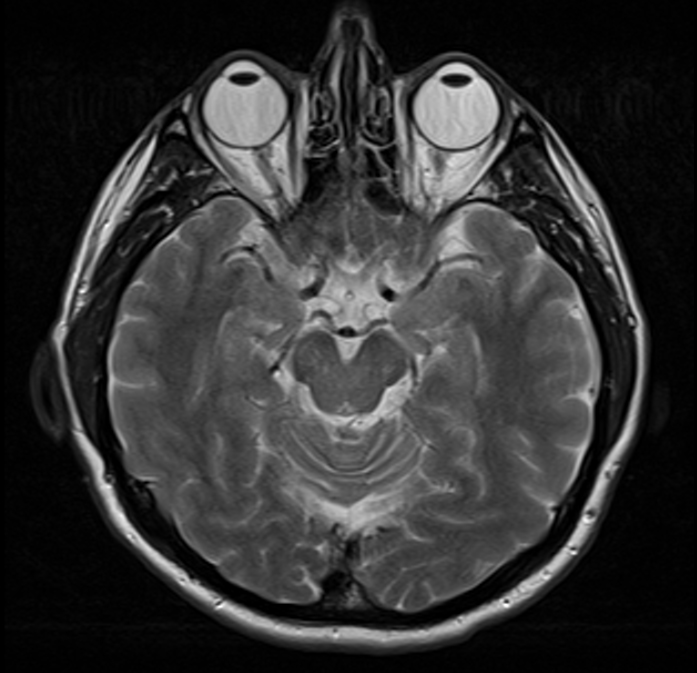Today’s post is a filler of sorts – I’m still recovering from my novel-length post about muscles. For the time being, we’ll be taking a look at a video from the Kazone Art YouTube channel.
Kazone Art is an excellent resource for learning artists, providing various instructional videos describing difficult artistic concepts. In addition to providing free instructional videos through their YouTube channel, Kazone also provides numerous paid courses through their website, taught by experienced master artists like Kim Jung Gi, and Kim Hyun Jin (often Americanized as “Hyun Jin Kim”).
Not only are the instructions given by experienced artists, many of these artists are good teachers, who understand how to break down difficult tasks into simple terms, to make them digestible for amateurs (like me).
Drawing Hands is (very) Difficult
Ask any artist you know if they think hands are difficult to draw. I’d wager that in most cases, the answer will be “yes.” Hands are an extremely complex part of the human body, with lots of moving parts and fine details that contribute to their incredible range of motion, and function. This makes them (very) difficult to draw, especially when you attempt to draw them in extreme poses, and from extreme angles.
If you guys are interested in seeing a blog post where I talk about hands in greater depth, please let me know in the comments section. This post will focus more on Kazone Art’s video about drawing hands.
“How to Draw Hands” ; Kim Hyun Jin
Kim Hyun Jin’s excellent instructional video, the topic of this blog post.
Before I discuss this video, I think a brief introduction to Hyun Jin is in order. Kim Hyun Jin is the founder of Superani (sometimes written as Super Ani), an artistic supergroup of which a majority of my favorite artists are members.
Superani includes artists like Kim Jung Gi, Karl Kopinski, Eliza Ivanova, Peter Han, Viktor Kalvachev, Nikolay Georgiev, and many, many others. I’ll be discussing Superani and its history in greater depth in a separate, future blog post.
Of course, as one of its founders, Kim Hyun Jin is also an active participant of Superani. Kim Hyun Jin is perhaps best known as Kim Jung Gi’s cameraman (and boss), although this description is doing his artistic talent a great disservice, in my opinion. Hyun Jin is a world-class painter and instructor, as evidenced by the above video.
I won’t be breaking down this video as much as I did in my previous YouTube-related blog post, because this video is quite short, and very self-explanatory. Kim Hyun Jin explains his methods far more succinctly than I could reiterate them, so I feel as though further analysis would be redundant. Instead, I’ll be briefly highlighting a couple of his most compelling points.
Division of Planes on the Hand
Understanding planes is an important part of art. Planes are related to forms (3D shapes), generally defining the faces (sides) of a form. In addition to making your drawings feel more three-dimensional, a strong understanding of planes will allow you to break down complex forms into more simple shapes.
Rather than thinking about complex objects as abstract, three-dimensional shapes, you can instead break them down into a collection of two-dimensional shapes (since planes are two-dimensional).
Kim Hyun Jin applies this to drawing the hand by dividing the back (dorsal) side of the hand into three separate planes. For the sake of clarity, Kim Hyun Jin demonstrates by drawing those planes directly onto his hand, providing a clear visual reference of his instructions.

“You might think that [the dorsal side of your hand] is just a flat surface, but you must remember that it can actually be divided up into three distinct planes” (How to Draw Hands).
Ovular Cross Sections at Fingers
This point blew my mind the first time I watched this video. While you might imagine the plane where your fingers attach to your palm as a flat surface, that’s actually not entirely correct.
In truth, your fingers attach to your palm in such a way that what would normally appear to be a flat, circular cross-section, becomes an angled, ovular (oval-shaped) cross-section.
In simple terms, a cross-section is just the two-dimensional shape of a particular section of an object – as though you cut through it with a knife to look at the interior contents.
Two examples of cross-sections. On the left, (horizontal) cross-sections of a hot dog are drawn in red. On the right, a (horizontal) cross-section of the brain and eyes, taken via Magnetic Resonance Imaging (MRI).
The idea that fingers attach via a slightly angled, ovular cross-section was an extremely simple fact that, when pointed out, changed my understanding of hand anatomy. It’s a relatively small detail, yet it’s such a powerful observation – one that I try to keep in mind whenever I’m drawing hands.

“And we know that although the fingers start here on the [dorsal] side, we have the webbing on the palm side that makes the fingers shorter . . . That means that these circular cross-sections should actually be ovular in shape” (How to Draw Hands).
Sources
- Kazone Art. (2020, April 23). How to Draw Hands [Video]. YouTube. https://www.youtube.com/watch?v=XXiUlO4dxZY
- Kazone Online. (n.d.). Kim Hyun Jin [Photograph]. Kazone Art. https://www.filepicker.io/api/file/p31mFJBQp2IH99ku72sw
- MRI of the Head (Brain). (2017, November 21). [Photograph (Magnetic Resonance Image)]. Wikipedia. https://upload.wikimedia.org/wikipedia/commons/e/ef/MRI_Head_Brain_Normal.jpg
- Sonia, M. S. (2013, January 25). Sliced Hot Dogs [Photograph]. The College-Kitchen Survival Guide. https://collegekitchensurvivalguide.files.wordpress.com/2013/01/dsc_01371.jpg
Disclaimer
All information in these posts is my own words, unless explicitly stated otherwise. None of this information is quoted, nor paraphrased, unless explicitly stated otherwise. Any similarities between my own words, and the informative sources/hyperlinks provided is purely coincidental, unless explicitly stated otherwise.
In any case where I am using someone else’s words (or imagery), the source will be cited internally, with a link to that source provided either within the internal citation, at the end of the post under “Sources,” or both.




March 9, 2021 at 6:48 pm
I’ll be honest, drawing hands has always been my major weakness. That and ears, for some reason. It’s good to see skilled artists are giving tutorials on drawing these parts. I’ll have to give them a further watch at some time, so thank you for pointing me to them.
March 9, 2021 at 7:04 pm
Hands are one of the toughest things to draw, but it’s important to understand them if you plan on drawing people. Kim Jung Gi says that hands are one of the most important indicators of character, you can tell a lot about a character based upon the position and appearance of their hand(s).
Ears are tricky too – Stonehouse’s Anatomy has a great breakdown/tutorial for drawing ears, and I’ll be talking about that book in a future blog post.
March 10, 2021 at 12:14 am
I have always struggled with hands! I definitely used to avoid drawing them because they would just end up ruining the overall picture. I’ll have to check out some more tutorials to see if I can improve.
March 10, 2021 at 1:12 am
I think that’s something plenty of artists can relate to. “Hiding-hands-in-pockets” syndrome is something I’m guilty of too. I used to draw a lot of characters with masks and/or scarfs to avoid drawing faces and necks.
Once you’ve practiced them, drawing hands is a lot of fun. They can give a lot of character and life to your drawing, in addition to being a show of skill. Drawing hands skillfully is a clear sign that you’ve practiced difficult anatomical subjects.
March 10, 2021 at 3:19 am
This is a great post and very helpful. I really wanted to get into drawing more when I was younger but drawing hands was one of the things I really struggled with. This has made me want to try again at drawing. Thank you and Im excited for more posts!
March 10, 2021 at 6:53 am
That’s just about the highest compliment I can receive, as far as I’m concerned. I’m glad this post (and video) inspired you to try again. Kim Hyun Jin inspires me a lot as an artist, and I’m glad to share that inspiration with people. Hopefully my future posts will continue to hold your interest. Thanks for reading!